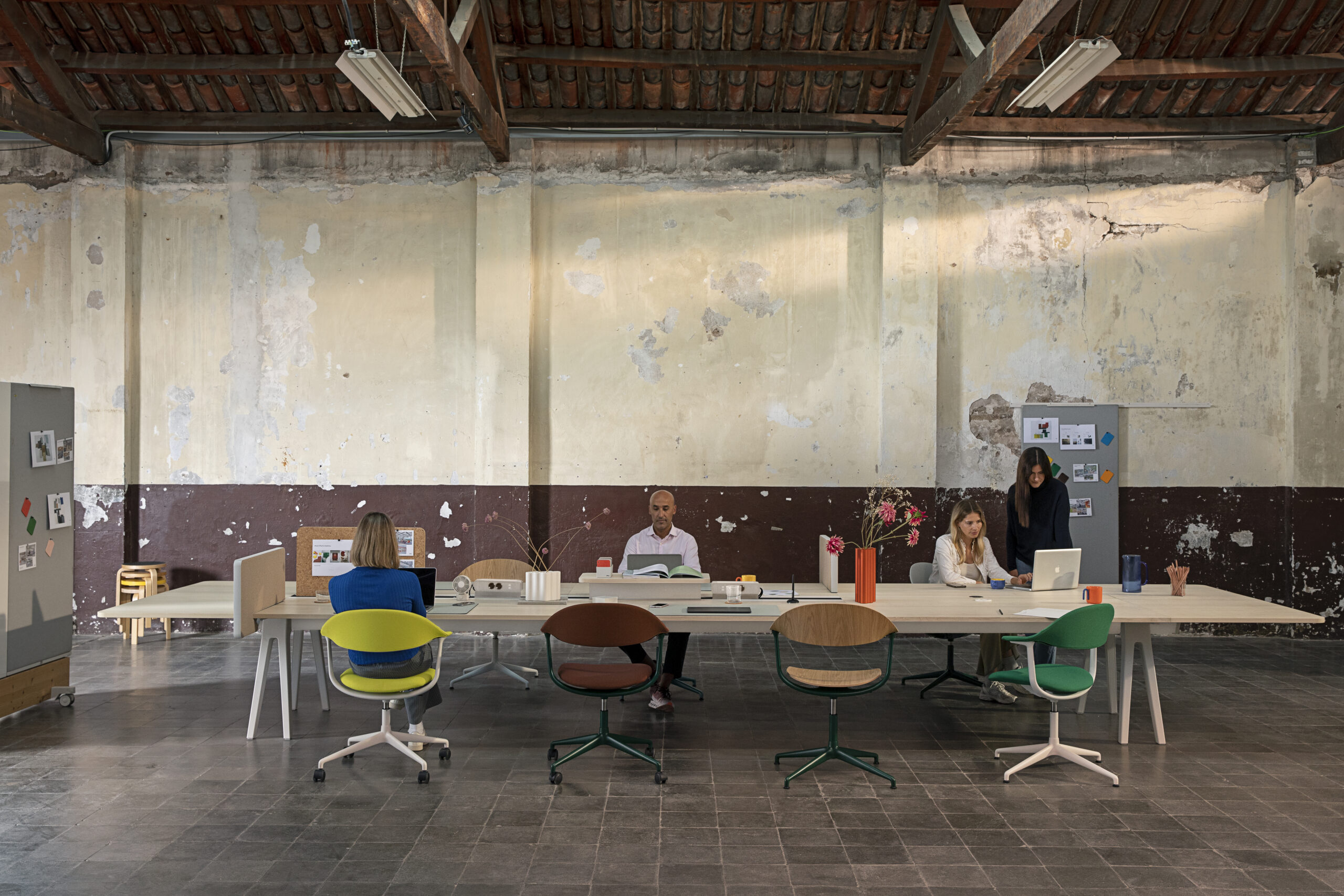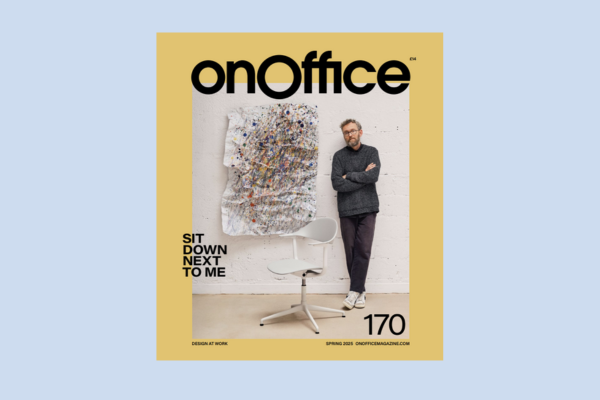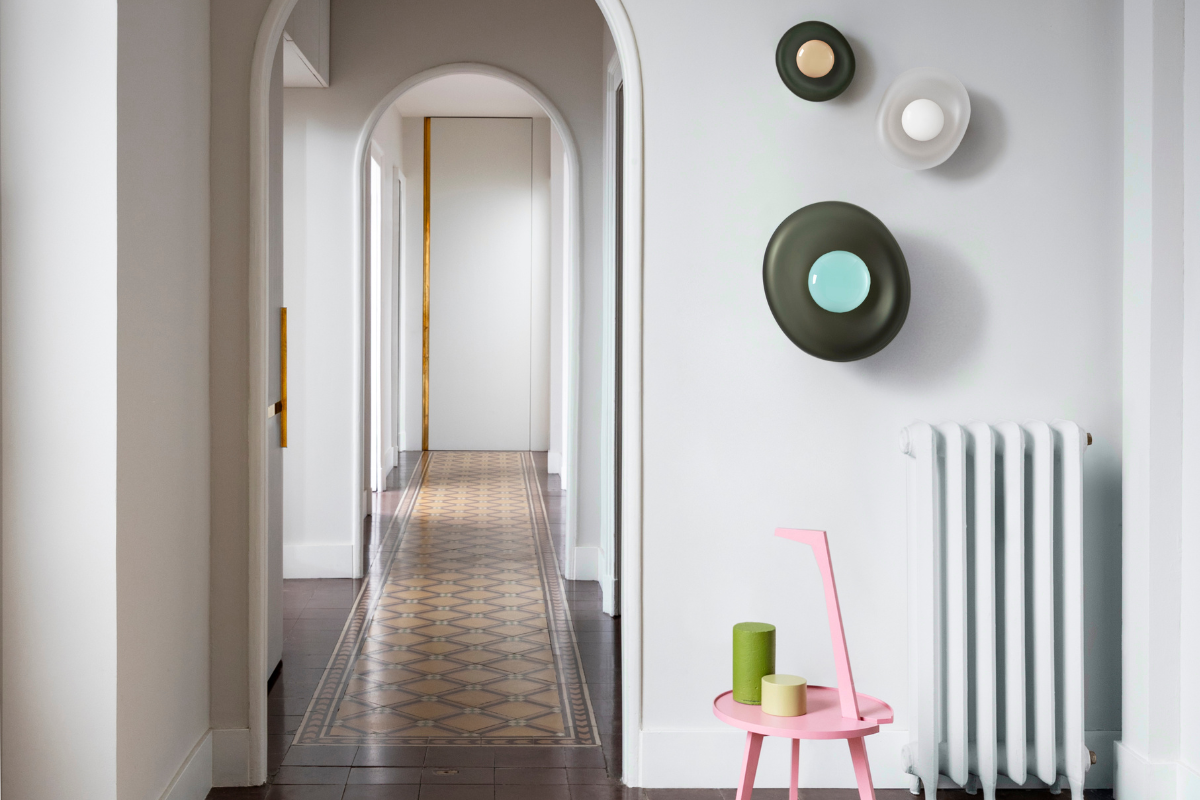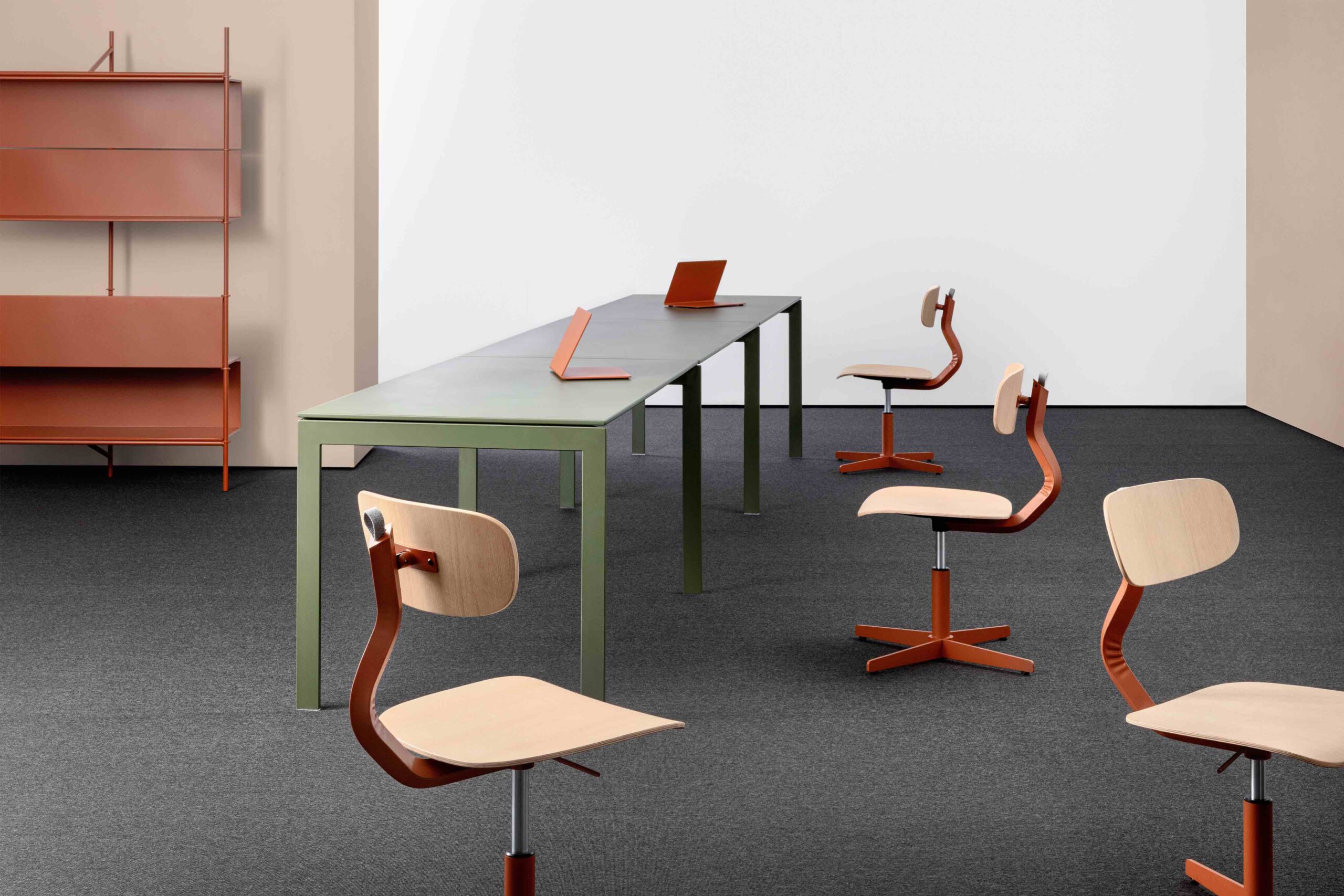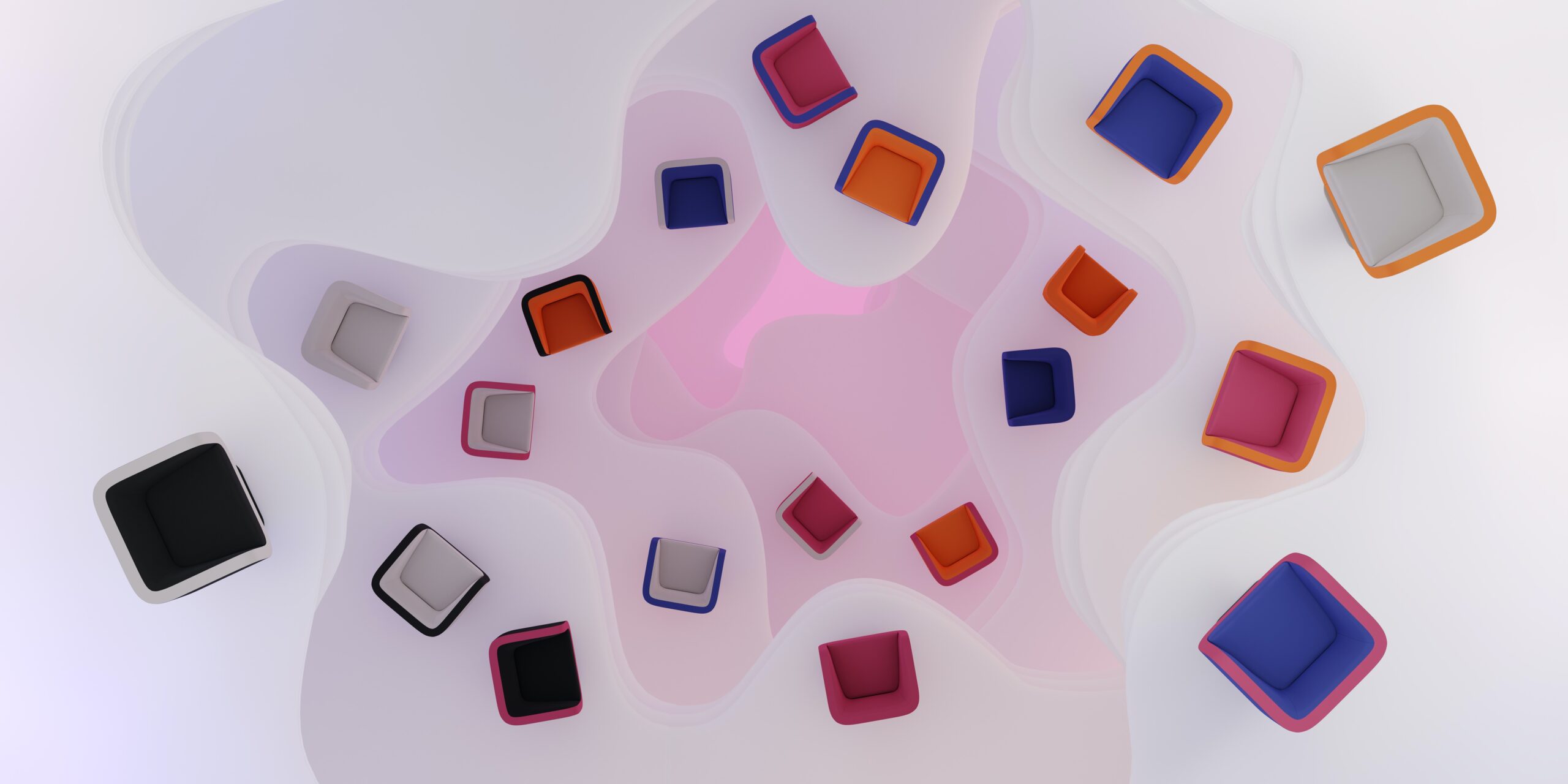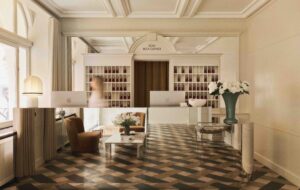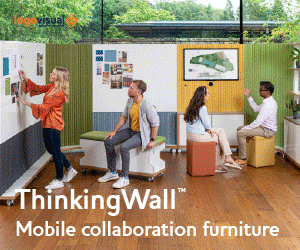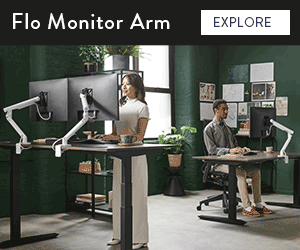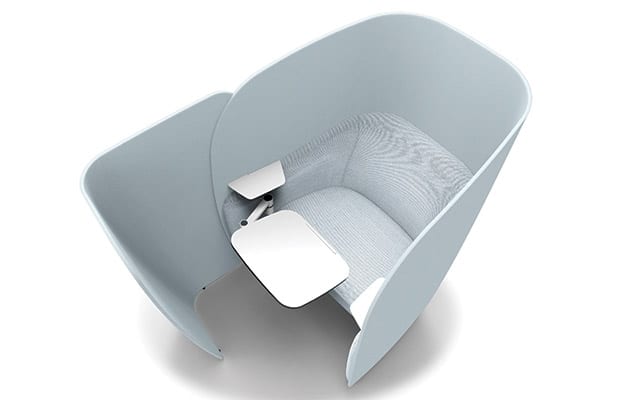 Boss Design’s Mango seat has a removable screen for privacy|||
Boss Design’s Mango seat has a removable screen for privacy|||
Over the past decade, the workplace has continually evolved and adapted to new work styles, whether breaking down the walls for an open-plan office, adding unassigned spaces for hotdesking or offering open areas for informal meetings. As mobile technology continues to have a strong presence, workers are spending less and less time at their desks. A study completed in 2016 by global technology research firm Gartner Group found that with the rise of wireless technology, employees are spending only 40% of their time at their designated workstations.
Whether employees are choosing to work remotely or in quiet, private spaces, designers have responded by reinventing alternate breakaway spaces that are compact and flexible, and encourage collaboration, socialisation and productivity. While breakaway spots are not a new phenomenon, earlier iterations were defined by task chairs and awkward structures that were more of an afterthought than a key feature in the office.
 Casala’s voluptuous upholstery provides a semi-enclosed area
Casala’s voluptuous upholstery provides a semi-enclosed area
New materials and construction are reshaping how breakaway zones are being perceived and designers are shifting their attention to creating efficient products that are relevant to the growing number of remote workers. Previously, these areas emphasised the social and teamwork aspects, but in the digitally driven landscape, employees need an effective workplace for solo tasks but with the flexibility to open up into collaborative areas.
At NeoCon earlier this year, Boss Design unveiled Mango, a new personal workspace that features a high wrap-around wall for acoustic privacy. The upholstered screen creates a cosy nook that blocks out the external noise of the office and has the option of adding an additional front panel for a more enclosed experience.
Mango’s single dual-density foam seat can be used without the privacy screens, which is ideal for guest seating in a reception or desk side, but can easily be transformed into a third working space by adding the upholstered wall, a writing table attached to an articulated arm, and an integrated power supply.
 Studio TK’s Cesto collection has been designed for flexibility
Studio TK’s Cesto collection has been designed for flexibility
While Mango emphasises privacy for solo work and is set up for those who rely heavily on mobile technology, some offices prefer a semi-private approach such as that offered by the Capsule collection by Casala. Inspired by a cocoon, the soft proportions of the pods envelop guests into an upholstered space that absorbs ambient noise and creates a semi-enclosed area for private phone calls, collaborations and casual meetings.
The curved silhouette of these pods has a voluptuous allure that subverts earlier trends for masculine, modular design. The pods come as either individual seating or in larger configurations that hold up to three users and when space is a premium in the office, finding additional quiet zones to meet and work is imperative. Unlike Mango, the Capsule seating isn’t built for those who require a full workstation or a high degree of privacy, as it creates an environment that is not completely disconnected from its surroundings and is suited as an area for quiet time alone as much as a place to work for short periods.
“If we look at contemporary offices of the most innovative companies, it will be an open space with loads of entertaining zones,” says the Capsule collection’s designer, Kateryna Sokolova. “But for people who work on innovations and are thinking about it 24 hours a day, it is absolutely necessary to have a safe corner where they can relax or concentrate.”
 Tacchini’s Julep sofa emphasises comfort and relaxation
Tacchini’s Julep sofa emphasises comfort and relaxation
Going further down the spectrum of privacy is Studio TK’s Cesto collection by Khodi Feiz, which emphasises freedom and flexibility in a shared environment rather than individual workstations. More aligned with traditional breakaway spaces, Cesto features a series of moveable seating including stools with integrated writing tables, benches and poufs.
While Cesto doesn’t offer the visual or audio privacy of Mango or Capsule, it allows the office to be transformed into a very specific space according to who’s using it. The lack of partitions promotes openness and collaboration, while Mango and Capsule emphasise quiet privacy and independence. In the new working landscape, assigned workstations are diminishing and Cesto’s flexibility allows the area to be used as casual zones for independent work, as well as for group meetings.
While most breakout areas place a strong emphasis on a space for social gatherings or to break up the monotony of working at a desk, the Julep sofa by Tacchini errs on the side of a lifestyle product and offers a relaxing oasis rather than an additional workspace. Breakout spots were traditionally used as small zones for short periods and pauses in between meetings, but as mobile technology increased, these locations have evolved into workspaces. The Julep sofa is reclaiming the breakaway space’s original purpose – prioritising comfort, calmness and a moment to unwind with its plush seating and curved back. Inspired by mid-century Italian furniture design, its large proportions and sensual curvature is welcoming and regal, and would work well in the reception area for informal meetings.
Jonas Wagell, Julep’s designer, concludes: “As today’s workplace is less private, the breakout area is also at times a sanctuary for calmness and concentration.”
Seating Special: No longer just a restful oasis, breakout spaces now need seating that can work for both relaxation and work zones


